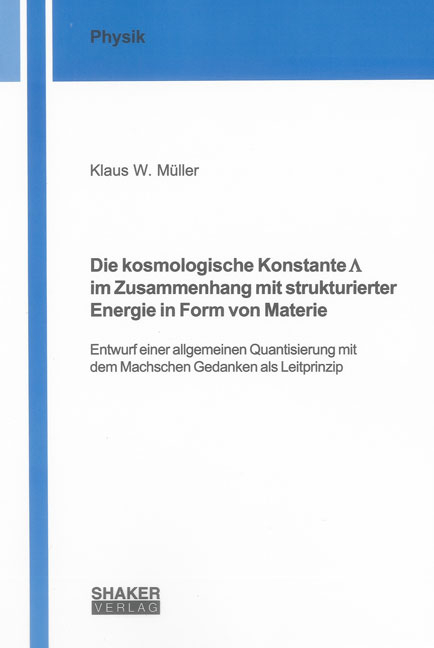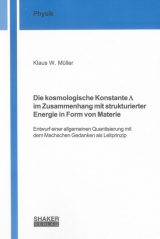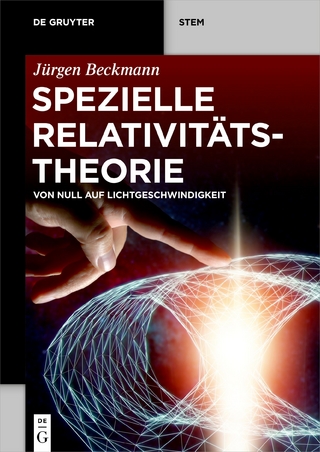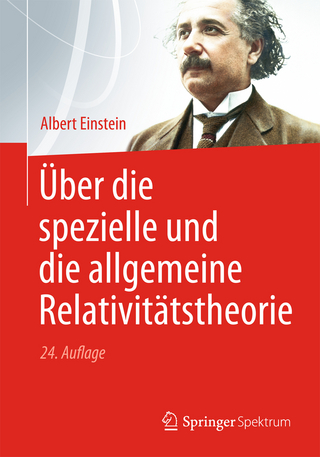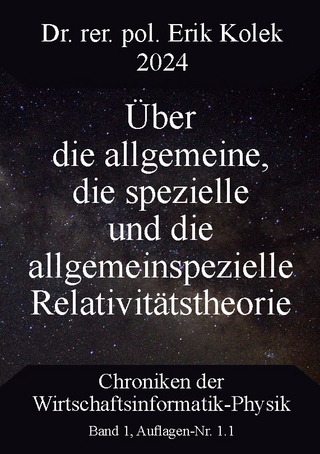Die kosmologische Konstante im Zusammenhang mit strukturierter Energie in Form von Materie
- Keine Verlagsinformationen verfügbar
- Artikel merken
Can we the indeed so controverse worlds of our cosmos, which is seemingly partitioned in the microcosm of the elementary particles and the macrocosm of the stars, present in a unified system? It is shown that such a description seems really possible. For this the formalism of quantum mechanics is occupied with other concepts, without these to modify itself. The considerations culminate in a new formulation of uncertainty relations only in the position space. Basing on an automatically set assignment for the momentum and the energy of a fundamental object to its special variables an amalgation of the cosmological constant and the gravitational constant with the existence of common matter. We find with an approximation about the proton mass, its trichotomy as well its resonances. This as solution of a quantum mechanical eigenvalue problem. In the study of the eigenfunctions a necessarity for the introduction of new coupling strengths results, which are similar to the strong force. Casually an extension also to astronomical problems follows. The essential difference to the problem of the particle masses is only the missing of an electric charge. There arises in consequence a rescaling of the invariant necessary for the compliance of the above axioms from the Planck mass for the microscopic particle until the residuum 2M for astronomical objects. The eigenvalues of 2M were determined and these compared with new results for the dynamics of cosmic structures. From the quantizations a mass difference between galaxies and clusters of themself follows as observed. Also the value for the fundamental parameter ao of the so-called modified Newton dynamics can be calculated and indeed without violating the equivalence principle. It consists of a combination only of known natural constants and derived quantum numbers. The base is also here the wave function.
Quelle: FIZ Karlsruhe / INIS Database-produktion no.: DE16F0572
| Erscheint lt. Verlag | 22.6.2015 |
|---|---|
| Reihe/Serie | Berichte aus der Physik |
| Verlagsort | Aachen |
| Sprache | deutsch |
| Maße | 148 x 210 mm |
| Gewicht | 363 g |
| Einbandart | Paperback |
| Themenwelt | Naturwissenschaften ► Physik / Astronomie ► Relativitätstheorie |
| Schlagworte | Dunkle Energie • Dunkle Materie • Kosmologie • Kosmologische Konstante • Relativitätstheorie • Teilchenmassen |
| ISBN-10 | 3-8440-3696-2 / 3844036962 |
| ISBN-13 | 978-3-8440-3696-1 / 9783844036961 |
| Zustand | Neuware |
| Informationen gemäß Produktsicherheitsverordnung (GPSR) | |
| Haben Sie eine Frage zum Produkt? |
aus dem Bereich
